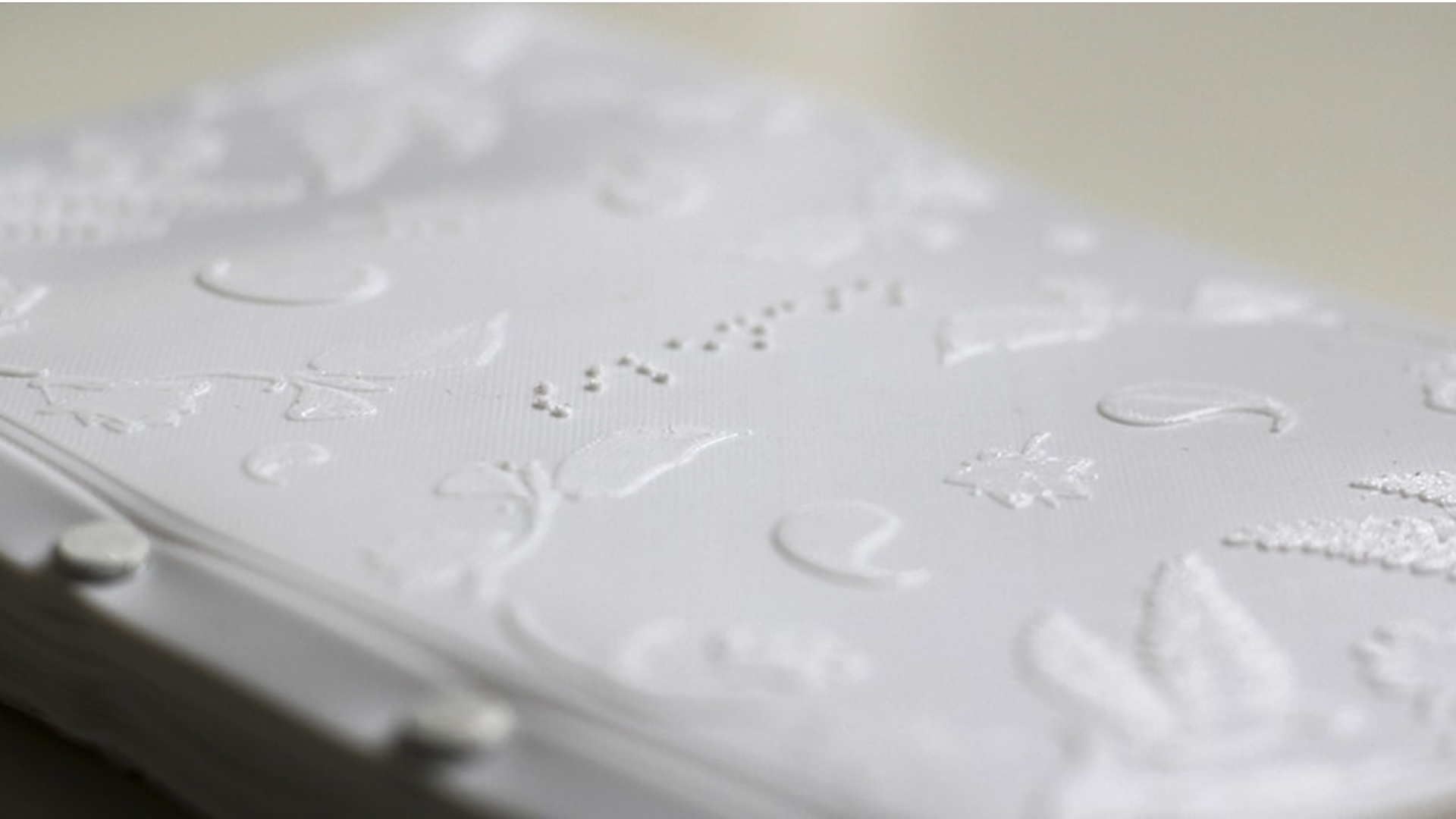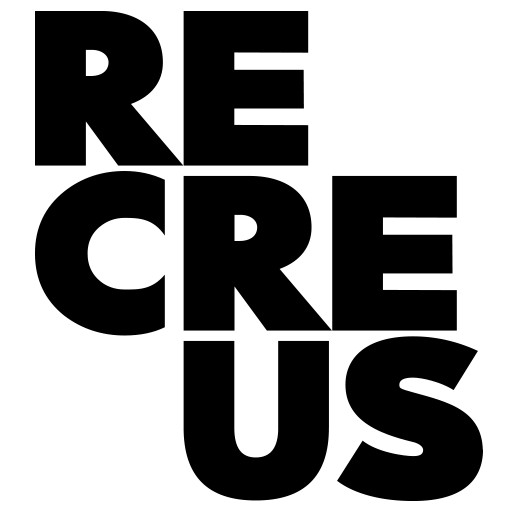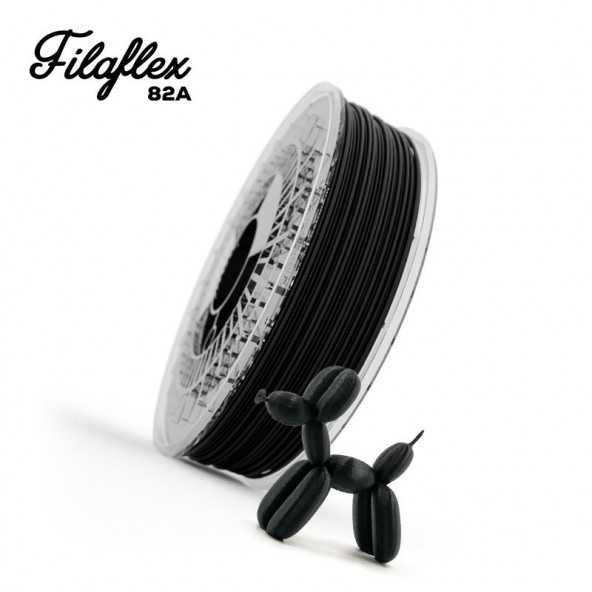A 3D printed book to be felt by everyone. Do you want to download it?
Today, October 8, Mundial Sight Day is celebrated, and there is no better project that can honor and ‘VISIBILIZE’ this day than, ‘Silence’, the first tactile and flexible book 3D printed with Filaflex by Jennifer Martín -Lorente.
An artistic, creative and supportive project, in which O.N.C.E. also participated, which manifests itself as a great example of how to apply 3D printing technology to democratize a book and make it accessible to everyone, including the Braille system, in order to be read by the blind, and illustrations in relief to be felt by the rest of the public as well. In short, a book to ‘be felt’ by everyone!

¿Puedes presentarte y contarnos qué es ‘Silencio’?
My name is Jennifer Martin-Lorente, I have been professionally dedicated to graphic design for more than 4 years. ‘Silence’ is a tactile book that takes advantage of the relief of 3D printing to make illustrations and Braille system, offering a new tactile communication for everyone and giving accessibility to the visually impaired, offering a new tactile experience to the sighted public. Ultimately, this book aims to contribute to society by providing accessibility and investigating new technologies to facilitate and integrate people with visual impairments.
It is very interesting that the book is accessible to people with visual difficulties, aren’t there many for them?
Books for the visually impaired are few and very expensive, and most have a very slow manual process. Without a doubt, 3D printing for this is very useful. At present, other books 3D printed have already been made, but intended and written for a children’s audience for educational purposes. This book is aimed at an adult audience in order to give accessibility to a greater number of people.
How did the idea of creating ‘Silencio’ come about?
The “Silence” project was born from my passion for the publishing world and my desire to experiment with new technologies. I am a huge fan of designers like Irma Boom and David Carson who are dedicated to experimental design. Thanks to my partner and writer of “Silence”, Néstor, a 3D printer came to my hands the year I was supposed to carry out my final project, and the following question arose: What would a 3D printed book look like?



“It is a book of illustrated poetry taking advantage of the relief of 3D printing, to be able to read and touch, both for sighted and blind people, offering tactile communication for all”.
And, why did you opt for 3D printing for this project?
3D printing is a technology with which great innovations can be made. With this project I was looking, not only for a challenge, but to experiment with a new medium. In planning the project I realized the potential of 3D printing to generate illustrations and embossed text, therefore offering a new tactile experience for everyone. From that moment I learned self-taught about 3d printing, 3d modeling, product design and accessibility. Today it has become one more tool with which to create design projects.
What are the key points you would recommend and what should anyone keep in mind when printing their version of the book?



Is the material used to print ‘Silence’ important?
The material is a key part of the project! Given that ‘Silence’ is a book designed to be touched, both its texts and its illustrations in relief to give accessibility to blind people, it was essential to make the book pleasant to the touch. In the research phase, I did the first tests with PLA, but the stiffness of the filament was not adequate to be read by touch. However, the flexible filament Filaflex is a very versatile material with which to imitate the flexibility of a page and not lose definition when capturing the text and the other elements that make up the book. In this way, Filaflex offers a comfortable and pleasant experience when fingerprinting the Braille and illustrations. In addition, this material has the added value of being very resistant and waterproof, with great elasticity, resistant to acetone, solvent and fuel. With Filaflex I made the pages easy to fold, washable and wrinkle-free.
How did you find out about Filaflex?
I got to know Filaflex in the research phase of the project, analyzing the use of 3D printing in various sectors and seeing the different types of filament. That was when I discovered, for example, Danit Peleg’s textile design project in the fashion sector.
How many books have been printed to date?
I do not know the number of impressions of the book, although I know that there are already more than 2,000 downloads of the file. The book has been very well received around the world. In 2016 it was published in different Spanish media about Design and I was a speaker at the #edcd where I presented the project. In 2017 it was exhibited at the Public Festival Design exhibition at the Matadero in Madrid. In 2019 I was invited as a speaker at the Aperitipo, a mini-festival on printing held at Medialab Prado. In that same year, ‘Silence’ was included in the book “Communicating through graphic design” by Taschen publishing house and is currently part of the PRINT 3D exhibition “Re-print the reality” by Cosmo Caixa Barcelona, where it will be exposed to the public so that the visitors can get to know it and touch it with their own hands until September 2021.
Will you keep coming up with projects with 3D printing or with flexible materials like Filaflex?
3D printing has been a great discovery in my life, I feel that this technology offers total autonomy in terms of product design, allowing to create projects from their conceptualization to their production. The flexible Filaflex filament is an innovative material and has unique qualities to create projects in any design sector.

 it
it  es
es en
en fr
fr de
de